International
The Baltimore Fallen Bridge: 2,632 meters in length immortalized in the series ‘The Wire’
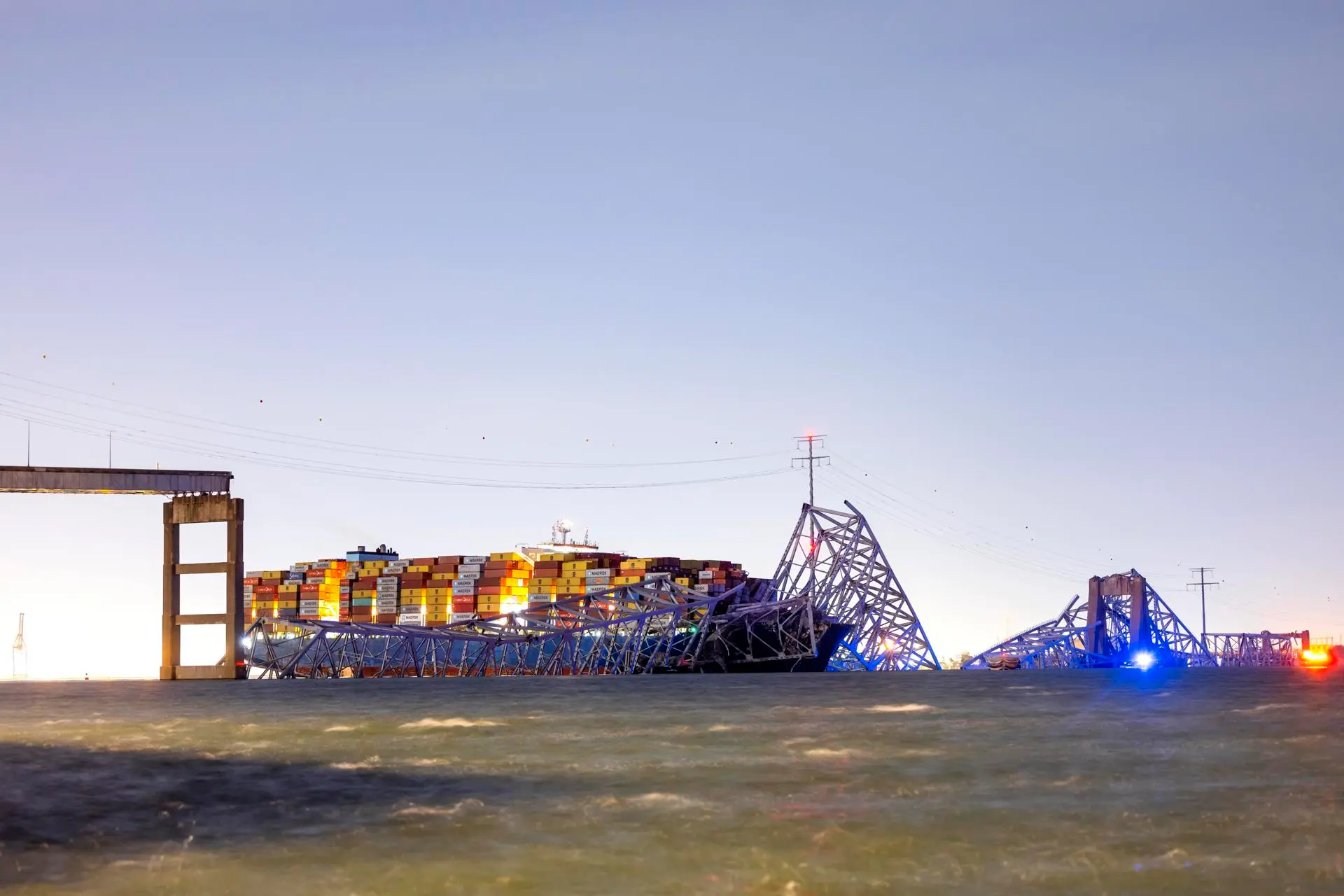
The Francis Scott Key Bridge, which collapsed on Tuesday after a freighter crashed into it, is the largest in Baltimore, the capital of the state of Maryland: it has a length of 2,632 meters and more than 11 million vehicles travel through it a year.
This bridge was immortalized by “The Wire”, the successful American television series set in Baltimore about judicial telephone interventions against a police group and in which many of its characters are based on real people from the city.
Named in honor of the poet Francis Scott Key, author of the lyrics of the American anthem, the construction of the current bridge began in 1972 and was inaugurated on March 23, 1977.
The structure crosses the lower part of the Patapsco River between Hawkins Point and Sollers Point and runs through it by the I-695 motorway (Baltimore Beltway).
The bridge that collapsed this Tuesday is, according to the organization Historic Sites, heir to the one built between 1833 and 1843 with stone pillars, demolished in 1915, as well as the one that replaced it, a concrete arch inaugurated in 1923.
He already had the name of Francis Scott Key because the artist lived in an area near the beginning of the 19th century. Originally the bridge was known as ‘Outer Harbor Crossing’.
Every summer, in addition, the U.S. Coast Guard deploys the commemorative buoy of the poet Francis Scott Key on the Patapsco River, in the vicinity of the bridge.
The star-covered buoy marks the approximate location where Francis Scott Key wrote the national anthem, ‘The Star-Spangled Banner’, while trying to facilitate the release of a prisoner held on a British ship during the bombing of Fort McHenry in 1814.
The piles of the bridge and other components form an underwater reef that attracts fish, such as striped sea bass or perch, so the place is appreciated by sports fishing enthusiasts.
The area also attracts recreational boats, and tourist boats and local cruises offer travel routes near the bridge.
Near the western end of the bridge, in Fort Armistead Park, there are ramps for launching boats, a fishing dock and views of the bridge.
Baltimore, an important seaport even before the American Revolution settled in Chesapeake Bay, is the most populous city in the state of Maryland.
It has just over 600,000 inhabitants in the urban center and 2,700,000 in its metropolitan area.
International
Paraguay summons Brazilian ambassador over Itaipú espionage scandal
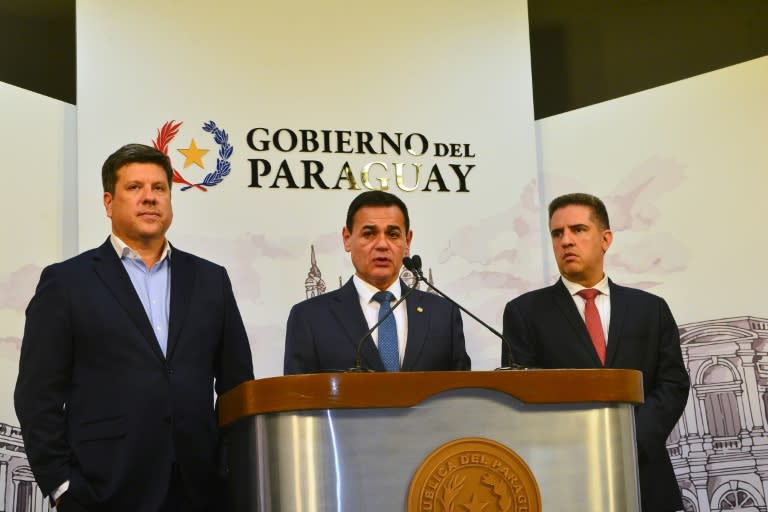
Paraguay summoned the Brazilian ambassador in Asunción on Tuesday to demand “explanations” and called its own representative in Brasília for consultations following Brazil’s acknowledgment of an espionage operation. The Brazilian government, led by President Luiz Inácio Lula da Silva, attributed the operation to the previous administration.
The surveillance effort aimed to uncover Paraguay’s position in now-suspended negotiations with Brazil regarding the pricing of electricity from the binational Itaipú hydroelectric plant, according to reports in the Brazilian press.
The Brazilian government “categorically denied any involvement in the intelligence operation,” stating in a Foreign Ministry communiqué on Monday that the espionage was carried out under former President Jair Bolsonaro’s administration (2019-2023).
“The operation was authorized by the previous government in June 2022 and was annulled by the interim director of the (state intelligence agency) ABIN on March 27, 2023, as soon as the current administration became aware of it,” Brazil’s government asserted.
Paraguay’s Foreign Minister Rubén Ramírez announced that Brazilian Ambassador José Antonio Marcondes de Carvalho was summoned “to provide detailed explanations” regarding the operation. Additionally, Paraguay recalled its diplomatic representative in Brasília “to report on aspects related to the intelligence activity conducted by Brazil regarding Paraguay’s government affairs.”
International
Elon Musk to step down as government advisor, per Trump insiders
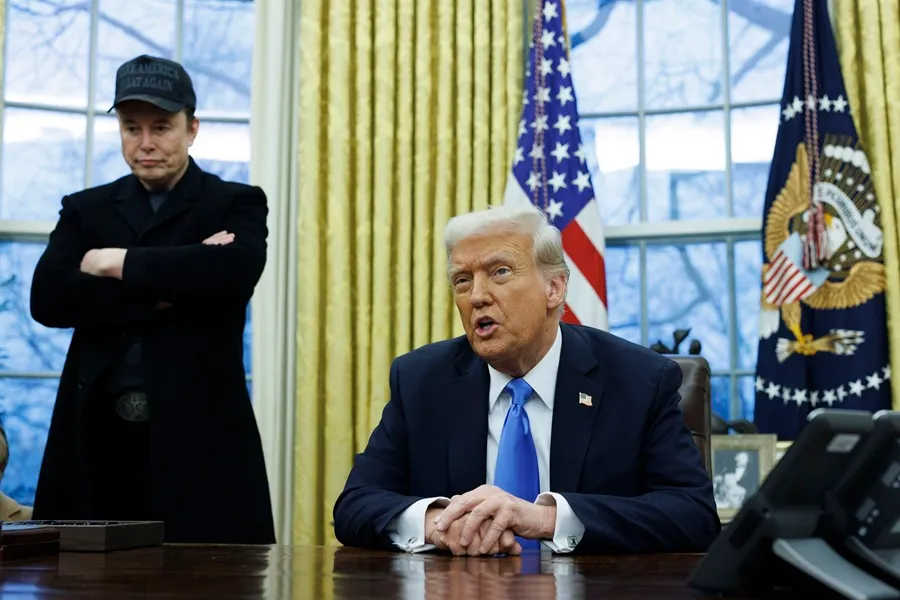
President Donald Trump has informed his inner circle that Elon Musk will be stepping down from his role as a government advisor, according to a report by Politico today.
Citing three individuals close to Trump, Politico states that the president is pleased with Musk’s leadership at the Department of Government Efficiency (DOGE), where he has implemented significant budget cuts. However, both have agreed that it is time for Musk to return to his businesses and support Trump from a different position outside the government.
A senior administration official told Politico that Musk will likely maintain an informal advisory role and continue to be an occasional visitor to the White House. Another source warned that anyone thinking Musk will completely disappear from Trump’s circle is “deluding themselves.”
According to the sources, this transition is expected to coincide with the end of Musk’s tenure as a “special government employee,” a temporary status that exempts him from certain ethics and conflict-of-interest regulations. This 130-day period is set to expire in late May or early June.
International
Milei vows to make Argentina so strong that Falkland Islanders “choose” to join
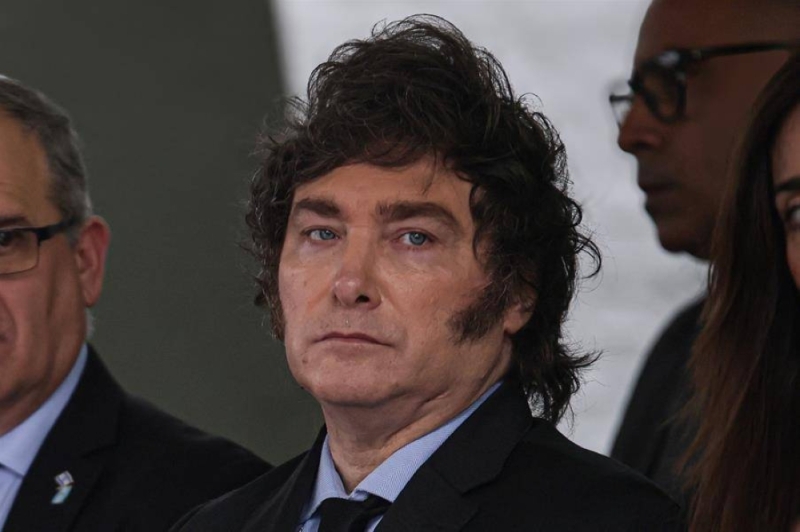
Argentine President Javier Milei reaffirmed his country’s claim over the Falkland Islands (known as the Islas Malvinas in Argentina) and praised the role of the nation’s armed forces during a ceremony marking the “Veterans and Fallen Soldiers of the Malvinas War Day,” commemorating 43 years since the 1982 conflict with the United Kingdom.
Argentina continues to assert sovereignty over the islands, arguing that Britain unlawfully seized them in 1833.
“If sovereignty over the Malvinas is the issue, we have always made it clear that the most important vote is the one cast with one’s feet. We hope that one day, the Malvinas residents will choose to vote with their feet and join us,” Milei stated.
“That is why we aim to become a global power—so much so that they would prefer to be Argentine, making deterrence or persuasion unnecessary. This is why we have embarked on a path of liberation, working to make Argentina the freest country in the world and once again the nation with the highest GDP per capita on the planet,” he added.
-
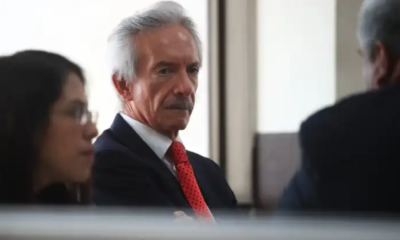
 International4 days ago
International4 days agoSon of journalist José Rubén Zamora condemns father’s return to prison as “illegal”
-

 International4 days ago
International4 days agoMiyazaki’s style goes viral with AI but at what cost?
-
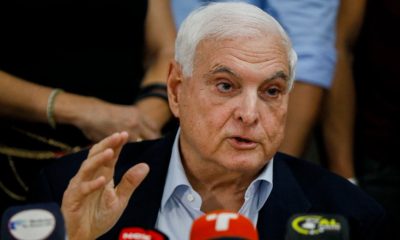
 Central America3 days ago
Central America3 days agoPanama police clarifies that Interpol alert for Martinelli is still pending
-
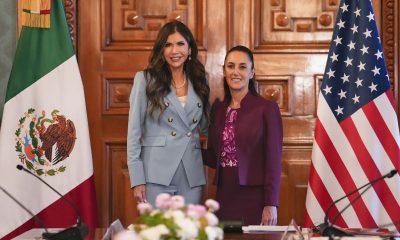
 Central America2 days ago
Central America2 days agoU.S. Homeland Security Secretary urges Mexico to strengthen Guatemala border
-
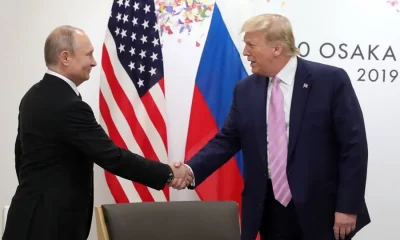
 International2 days ago
International2 days agoTrump urges Putin to reach peace deal
-
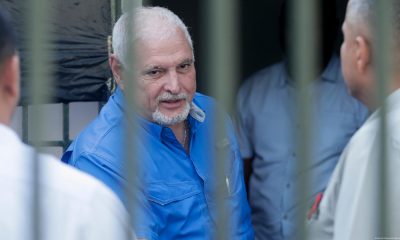
 Central America2 days ago
Central America2 days agoPanama grants Martinelli 72-hour extension to travel to Nicaragua
-
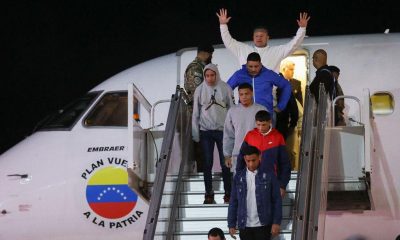
 International3 days ago
International3 days agoDeportation flight lands in Venezuela; government denies criminal gang links
-
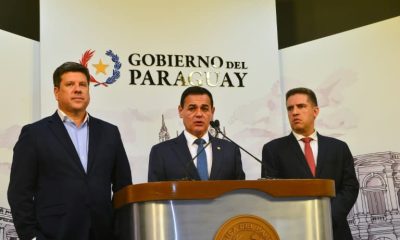
 International4 hours ago
International4 hours agoParaguay summons Brazilian ambassador over Itaipú espionage scandal
-
Central America5 days ago
Nicaragua revokes legal status of 10 more NGOs, bringing total to over 5,600
-

 Sports4 hours ago
Sports4 hours agoFilipe Luis debuts as coach in Copa Libertadores with Flamengo
-
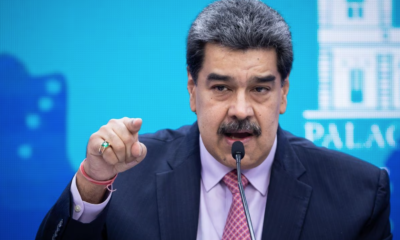
 Sports4 hours ago
Sports4 hours agoVenezuela investigates 18 baseball players seeking asylum in Spain
-
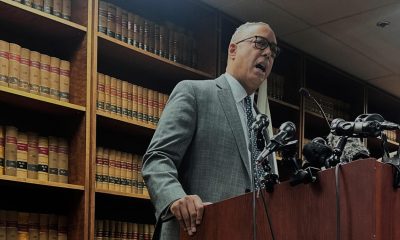
 International4 hours ago
International4 hours agoICE agent’s arrest of suspect sparks controversy in Boston
-
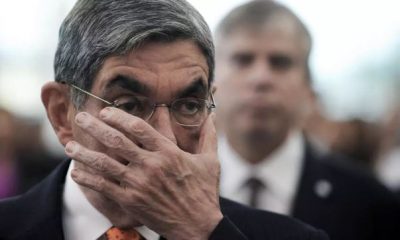
 International4 hours ago
International4 hours agoÓscar Arias: Trump’s trade policies are a step backward
-
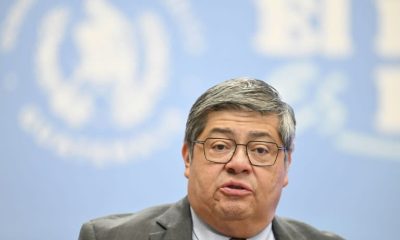
 Central America2 hours ago
Central America2 hours agoGuatemalan police officer killed in mob riots over baby kidnapping
-
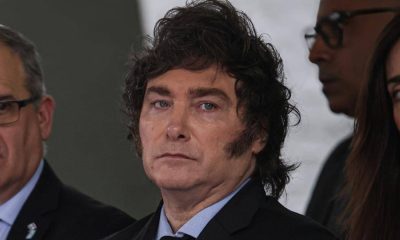
 International4 hours ago
International4 hours agoMilei vows to make Argentina so strong that Falkland Islanders “choose” to join
-
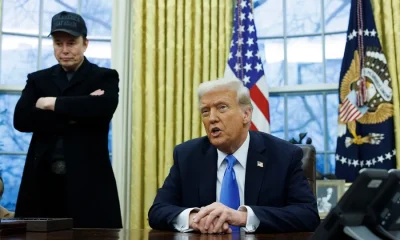
 International4 hours ago
International4 hours agoElon Musk to step down as government advisor, per Trump insiders















